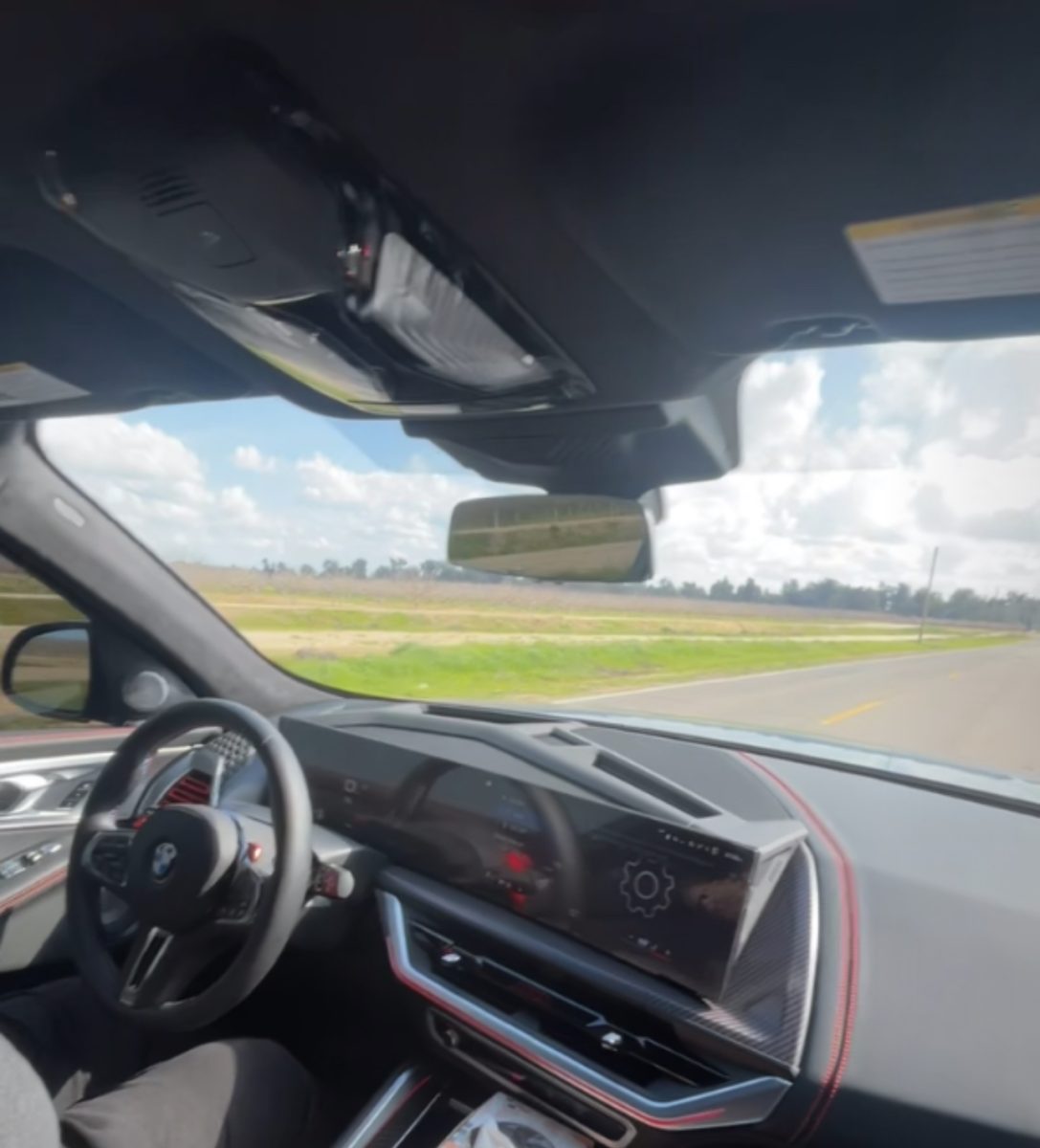There have been over 2,500 patents that have been made from 2015-2023 associated with 3D bio-printing. These developments have led to the creation of over 120 companies which demonstrates the growing interest of many people. Practice head of Disruptive tech, Kiran Rja, believes that this is the future of medicine saying “Bio-printing is revolutionizing personalized medicine by going beyond the customization of tools and prosthetics.” Rja wants to create a pattern where medical interventions are not only tailored to the individual’s unique biological makeup but also involve the bio fabrication of living tissues and organs. These technological developments have the potential to reduce the waitlist for organs and enhance compatibility of implants to reduce risk of complications.
Bio-printing extends past tissue engineering and could lead us to venture into a world where we can give on site medical implants and use organ printing. Thus far, 3D printing has been successfully used to make bio-printed regenerative breast implants using plant-derived collagen which showcases the innovations and strides being made. This is however, a smaller step when compared to the recently discovered by the University of Wisconsin Madison method for making functional human brain tissue. Another big discovery was also made by the Vienna University of Technology, researchers have advanced in generating replacement tissue for potentially treating injured cartilage through lab-based 3D printing. These recent developments have shown the possibilities for 3D bio-printing laying the foundation for the fabrication of intricate tissue structures.
The recent advances in bio-printing have also opened bridges into reconstructive surgery. Reconstructive surgery to correct trauma is usually imperfect resulting in scars and or permanent hair loss. Ashley Wenners Herron, from Pennsylvania State University, believes that fat tissue holds the key to 3D printing layered living skin and potentially hair follicles. Ibrahim T. Ozbolat, professor of engineering science, who led the international collaboration that conducted the work said “With this work, we demonstrate bio-printed, full thickness skin with the potential to grow hair in rats. That’s a step closer to being able to achieve a more natural-looking and aesthetically pleasing head and face reconstruction in humans.” While other scientists have 3D bio-printed thin layers of skin, Ozbolat and his team are the first to intraoperatively print a full, living system of multiple skin layers, including the bottom-most layer or hypodermis.
Today, 3D bio-printing has come a long way and it seems to have a bright future ahead of itself for helping millions of injured individuals. While it might take a while for 3D bioprinting to take off, it will most likely be used in the coming years and could revolutionize many fields such as dermatology, transplants as well as reconstruction surgeries.


